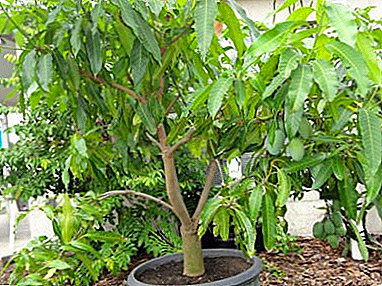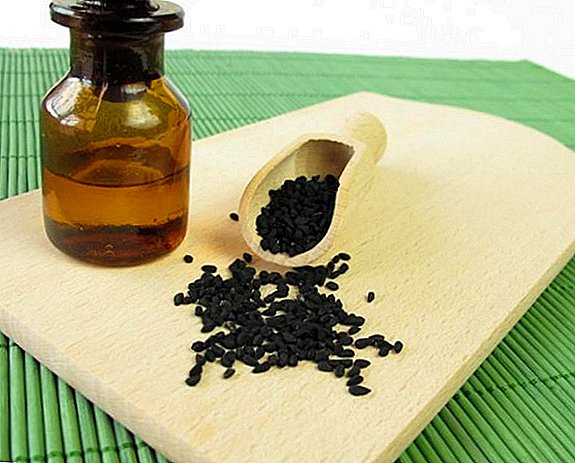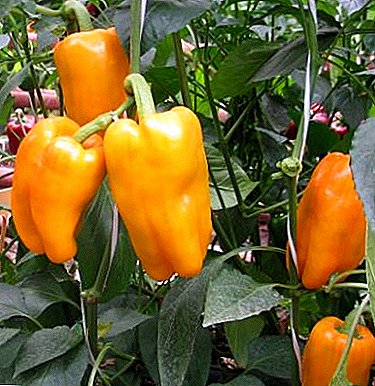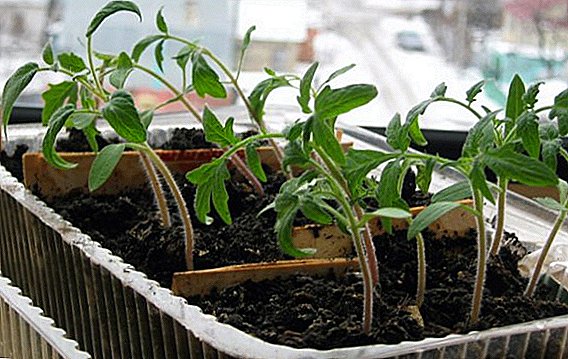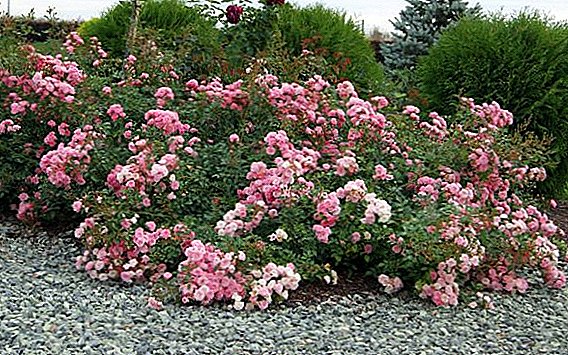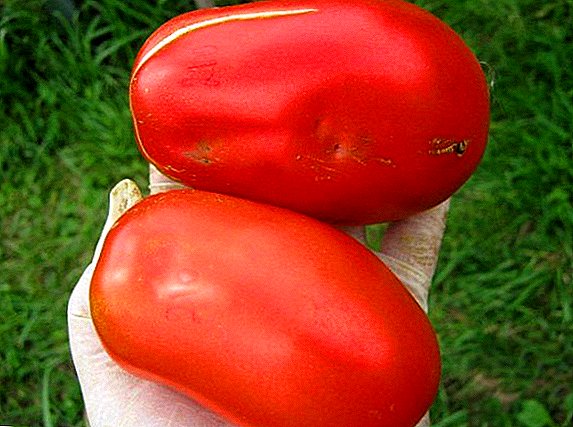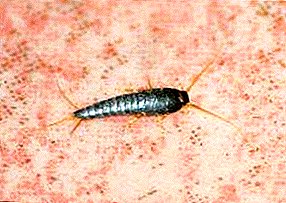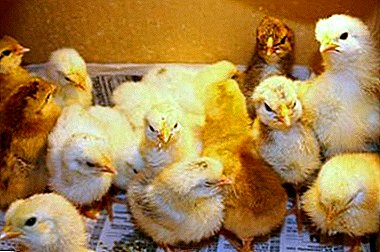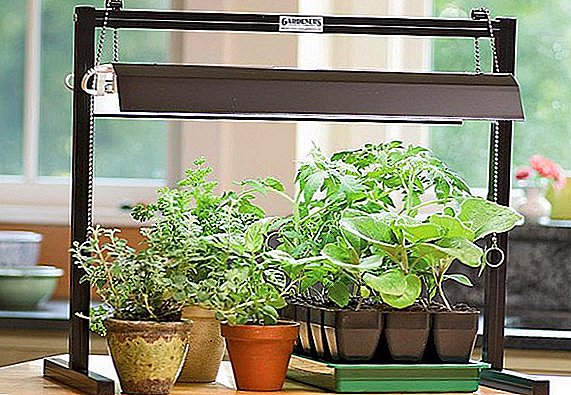
It is a mistake to consider oregano only seasoning, which can be used exclusively in cooking. It also has a number of medicinal qualities, is used in cosmetology, it is decorated with gardens and park areas.
Caring for her is simple and easy, so we suggest that you familiarize yourself with the list of varieties and types of this wonderful gift of Mother Nature.
The article presents 12 species of a unique plant called oregano, and also describes in detail the characteristics of varieties, photos and recommendations for the care.
What is this plant and how many varieties are there?
There are more than 50 species of oregano.. Each of them contains a large amount of microelements, vitamins and other useful substances that to some extent can be useful to a person. Part of it was created by nature, part of it was bred by the efforts of breeders, but grown by human hands is no worse than wild.
Popular varieties of oregano, their names and photos
Syrian

A plant with densely growing oval leaves, reaching a height of one meter. It has small, pink or pale pink flowers. This type has an unusually pleasant and strong aroma, so it is used more often than others for the manufacture of spice mixtures and when cooking meat dishes.
Syrian oregano oil perfectly relieves skin inflammation and heals wounds.
Turkish

The most thermophilic species brought for the first time from Greece. Her bract is strongly downy, and the buds are small, milky.
Greek

Greek oregano grows in the Balkans and in Greece. Perennial plant with emerald green leaves, small and covered with numerous stiff hairs. Flowers medium size, white. It has an extremely strong aroma and the most burning taste of all existing species (an excess of seasoning in a dish leads to even a short-term numbness of the tongue).
Nana

One of the most common cultivating varieties. They have a special, strong and spicy aroma, as well as taste with bitterness. This dwarf and very elegant plant is great for decorating borders and mixborders: it has small pale pink flowers and variegated foliage with underside on the underside. Used to make sharp spices.
Aureum

Aureum plant reaches a height of 25-30 cm. Stems are tetrahedral, strong, straight, covered with tiny soft setae. Purple-pink or lavender buds are collected in the pineal panicle. Flowering time - July-September. The leaves are opposite, egg-shaped, small, growing throughout the stalk except for the upper part.
If the variety grows in the shade, its foliage will be painted in a bright green color, and if it is in the sun, with an admixture of golden hue. Maintains low temperatures.
Aureum Crispum

It differs from aureum variety in its compactness and bizarre wrinkled foliage with golden highlights. Blooms purple-pink since July. The aroma is mild.
Album

The variety grows dense bush, specimens reach a height of 20-25 cm. The leaves are ovate, rounded, toothed, petiolate. Hue can vary from light green to juicy green. Snow-white buds are collected in corymbose sprawling panicles, which are located on straight, even stems.
Yellow leaf

The adult plant reaches a height of only 5-7 centimeters, so this species is considered one of the smallest. The leaves are small, elongated, oppositely arranged, bright yellow. Due to the gentle refreshing taste and spicy aroma it is often used in cooking and in the preparation of tea compositions.
Decorative

This variety was artificially bred to decorate garden plots and is not suitable for food. He has large green flower beds with a slight purple tinge, light green foliage. When kept cool and in the light, the plant is dominated by purple hues. Flowers are small, pink with white edging along the edges of the petals. Reaches a height of 20-25 cm. Resistant to drought and heat.
Caramel

The bush reaches a height of 30-40 cm. The leaves are opposite, bright green, jagged at the edges, concave. The underside is covered with a light gun, with yellowish streaks on the top. Flowers are gathered in lush panicles. Buds have all shades of pink. This type boasts excellent taste and subtle caramel aroma.
White

Compact and elegant in appearance variety. Stems thin, branched. Leaves are rare, elliptical, entire, with sharp tips. The lower part is light green and pubescent with white thin setae, the upper part is brighter and smoother. Blooms profusely and magnificently. The flowers are tiny, pinkish-purple, collected in spikelets in the axils of the bracts. It smells good.
Rainbow

Medical grade, honey and aromatic. The bush grows up to half a meter in height. A large percentage of anthocyanin, so the buds have a rich purple color. Drought resistant
Briefly about leaving
Oregano is unpretentious and does not require special skills for growing. It calmly withstands both the harsh Russian winter and the hot summer, growing on any soil (except marshy). However, a couple of conditions must be observed here.
- For a lush harvest, plant oregano in a sandy soil with high-quality drainage and neutral acidity.
- Choose the most sunny plot. Water regularly, not allowing the soil to dry.
- To weeds, the plant is extremely sensitive, so the bed should be weeded regularly and more often to loosen the soil.
- It is recommended to replant the plant every 5 years, then it will retain its healing qualities.
- For feeding, both organic (bird droppings, mullein) and mineral complex fertilizers are used.
When watering, do not use a hose, but a watering can with a small spray, so as not to damage the buds.
Oregano - useful and need every plant site. You can talk about its benefits for a long time, and caring for him is easy and pleasant. Decorate your garden with an original alpine slide and a bush of oregano, or organize your own pharmacy garden bed - and you will not regret it!


